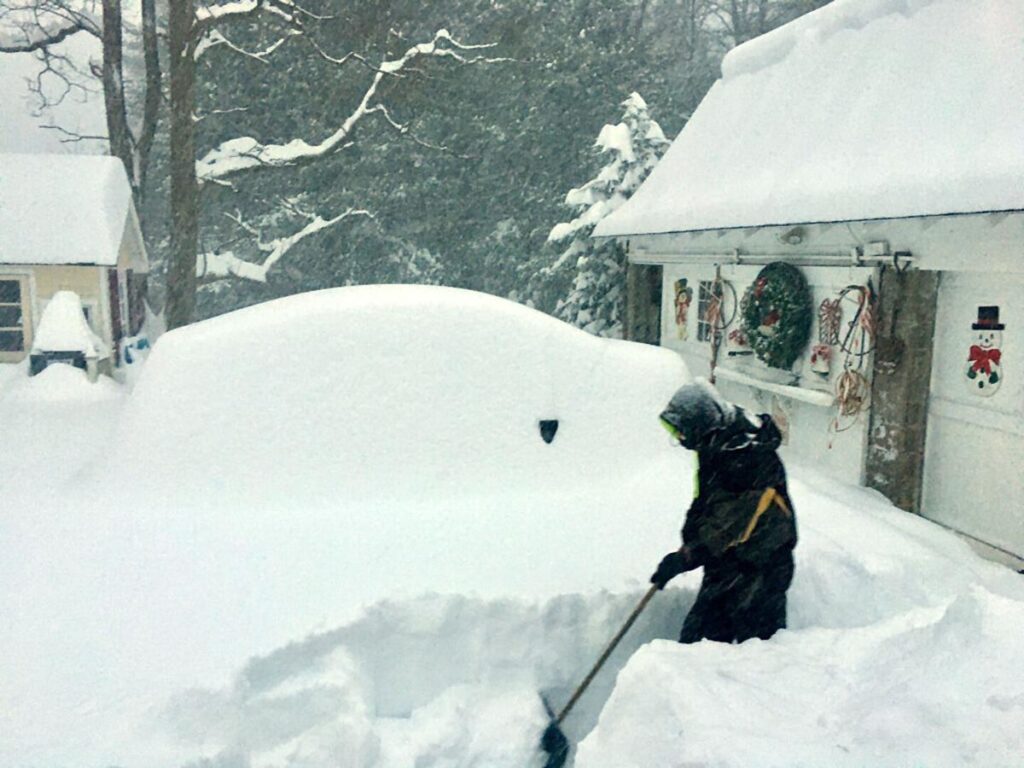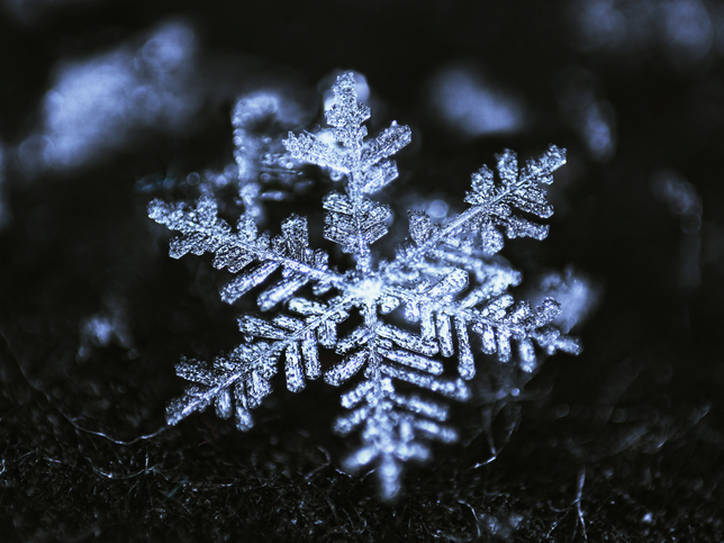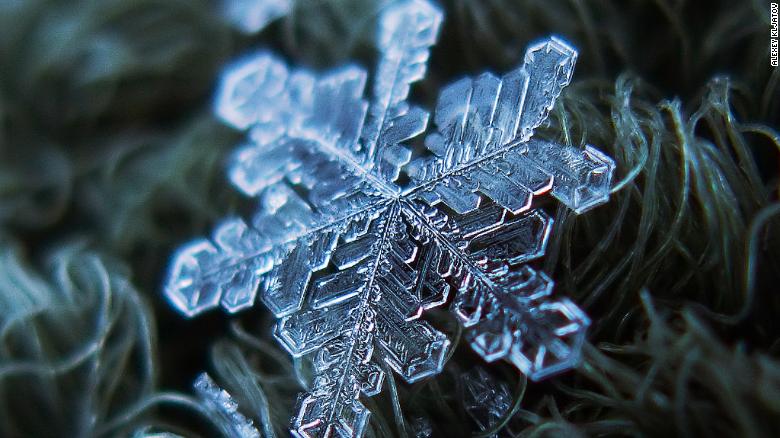Like people, each one is unique. What exactly are these beautiful wintery ice crystals that fall through the Earth’s atmosphere known as the Snowflake, and when accumulated snow?

The following written content from CNN
A snowflake is a small weather feature that can pack a big punch.
Many are made up of just one single ice crystal while some, more elaborate snowflakes are comprised of as many as 200 ice crystals fused together.

All flakes maintain the same six-sided basic shape, though no two snowflakes will have exactly the same arrangement of molecules.
This makes each one unique.
No two snowflakes are the same
Like fingerprints, no two snowflakes are exactly alike. In fact they are so diverse, there is actually an international classification system for snowflakes. This system is broken down into mostly eight principal snow crystal types: stellar dendrites, sectored plates, rimed crystals, hollow columns, needles, spatial dendrites, capped columns and irregular forms.

To understand how they get their unique shape, we must start at the beginning. A snowflake first forms when an extremely cold water droplet freezes onto a pollen or dust particle in the sky.
“This creates an ice crystal,” according to the National Oceanic and Atmospheric Administration (NOAA). “As the ice crystal falls to the ground, water vapor freezes onto the primary crystal, building new crystals — the six arms of the snowflake.”
Each individual snowflake encounters slightly different atmospheric conditions on its path from sky to ground. Therefore, they all end up unique, while still maintaining the basic six-sided structure.
“Ultimately, it is the temperature at which a crystal forms — and to a lesser extent the humidity of the air — that determines the basic shape of the ice crystal. Thus, we see long needle-like crystals at 23 degrees F and very flat plate-like crystals at 5 degrees F.
“Although the core six-sided shape is always maintained, each of the six arms may branch off in new directions, or change shape as it incurs slight changes in the surrounding temperature or humidity, but because each of those arms is experiencing the exact same atmospheric conditions, all the arms will look identical. Read more from CNN
Follow similar interesting non political news stories from News Without Politics





